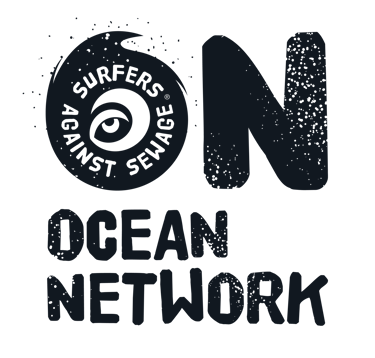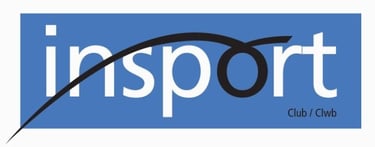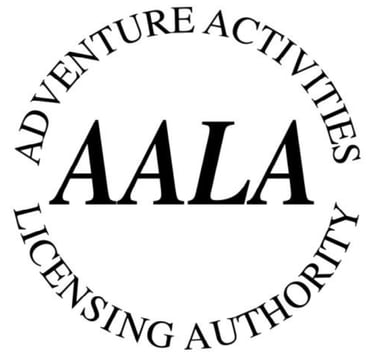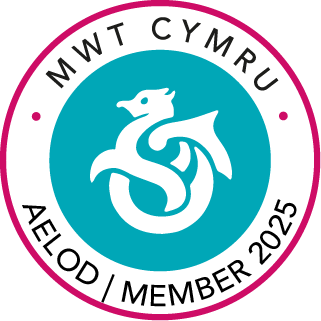SURF FORECASTING BEFORE THE INTERNET
Spare a thought for the surfers of the pre-internet era. Predicting surf required using some ingenious methods!
NEWS

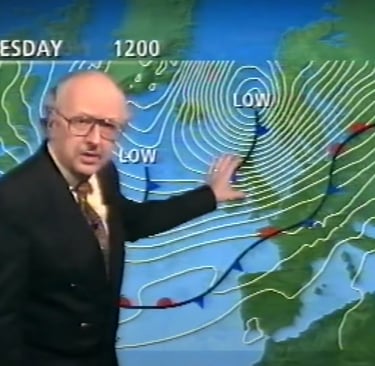
Before sophisticated computer models and online forecasts predicting the arrival of surf to the hour, surfers spent many hours staring out at a flat sea. "That one looks a bit bigger, I think it's picking up!", were often heard many times as an ankle high wave, slopped on the beach.
Even before the internet, there were a few tools around to help the ingenious predict the arrival of surf, to maybe within a day or so!
Every evening after the BBC news, surfers would sit hoping Michael Fish or Ian McCaskill, would show the surface pressure charts during the weather forecast, and then futilely yelling at them to move out of the way of the mid Atlantic. These charts gave a rough indication of the storms in the Atlantic, how long it might take the surf to arrive at the coast and what the local wind may be doing.
It meant being in the right place at the right time, to catch it, just like surfing.
BBC WEATHER FORECASTS
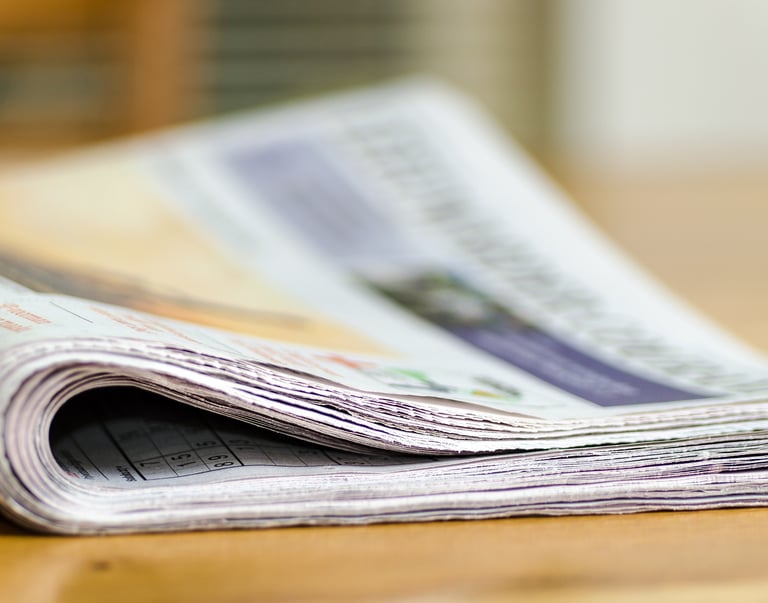

THE BROADSHEETS
The broadsheet newspapers, such as The Times, The Guardian, or The Telegraph were always know as the 'posh' papers and somewhere near the back, was a detailed weather forecast, showing the predicted pressure chart for the following day.
My family and none of my friends were posh enough to have any of these lying around, and there was no way we were going to spend our hard earned cash for just one section of a page.
We all knew which page the weather was on, and could quickly nip into the newsagents, and fold up the corner of one of the papers from the newspaper rack. Trying to quickly memorise the surface pressure chart, location of the low pressures, depths and their movements, was tricky as the shop staff knew what we up to, and that we had no intention of buying a paper.
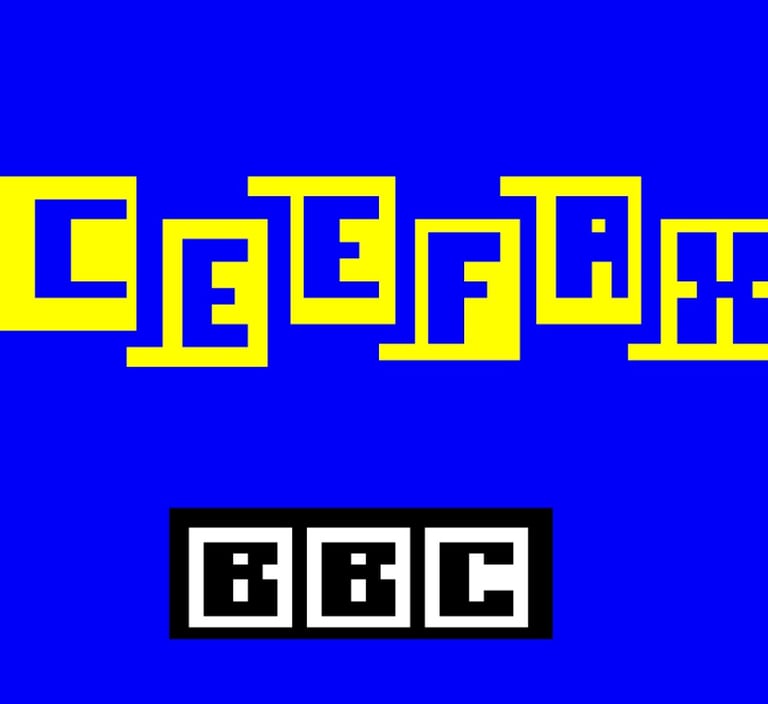

By the 1980's most TV's had teletext, a series of pages with news, weather, sport, etc. that could be accessed by entering the page number into the TV remote.
BBC Radio 4's shipping forecast was (and still is) broadcast 4 times daily, giving out wind and weather updates and 24 hour forecasts for sea areas surrounding the UK. This did mean listening to the radio at the times of broadcast. Thanks to the BBC's Ceefax teletext service it was there, at your finger tips, whenever you wanted it. It was the closest thing we had to an accuarte local wind forecast and wind map of open ocean areas.
It did mean learning the different sea areas and their locations around the UK, but given that the Irish sea covers an area of around 18,000 sq miles, accuracy was often a problem.
THE CLOSEST THING TO THE INTERNET

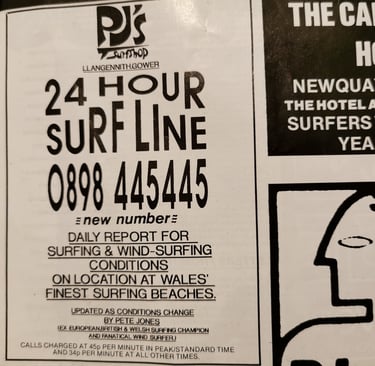
PJ's SURF REPORT
The closest thing to a webcam, was an eyes on report from anyone at the beach. The Welsh surfing legend Pete Jones, provided a life line to surfers not lucky enough to have that eyes on report.
PJ's surf report was updated twice daily, but as you can see from the advert was pretty pricey, being a premium rate number, especially in the 80's and 90's.
Pete soon realised that surfers were in no way going to pay those kind of rates, and surfers could easily rack up a huge phone bill, listening to a 1 minute report and forecast day after day. Whether from the kindness of his heart or knowing surfers would probably be prepared to listen for 10 seconds, (and still generate him some income), Pete had some codes for different conditions, right at the beginning.
"This is Pete Jones, your roving surf reporter", meant it was flat and rubbish. "On the nose, surf reporter", some small waves if you were desperate, but enough to surf. "Off the lip", solid waves but not perfect, and the one every surfer wanted to hear. "This is Pete Jones, your in the tube surf reporter". Meaning clean, offshore solid surf.



